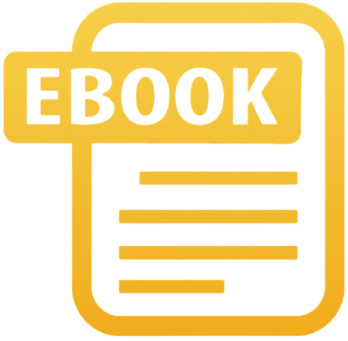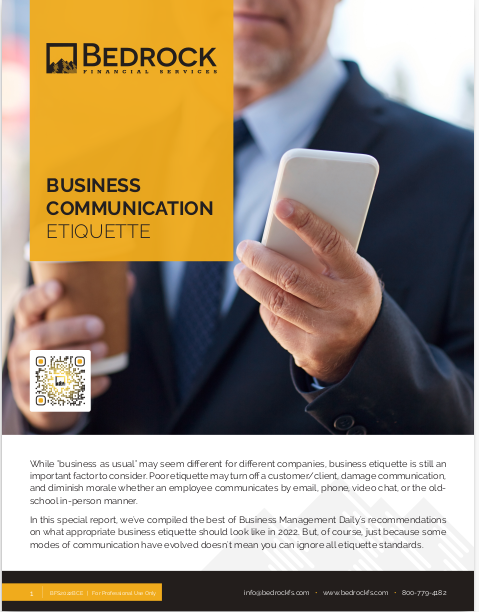Key Takeaways
-
The first line of your email functions as your digital handshake—it either earns interest or loses attention instantly.
-
Strong openers aren’t about being clever; they’re about making the reader feel seen, relevant, and curious enough to read on.
The Real Role of the First Line
In 2025, inboxes are more competitive than ever. Your clients and prospects wake up to a flood of emails—many of them automated, templated, or worse, completely irrelevant. As an independent insurance agent, your job isn’t just to show up in someone’s inbox. It’s to be the one email they actually want to open.
This makes the first line of your email more important than ever. Think of it as your digital first impression. It’s the hook that determines whether the rest of your message even gets read.
So why do so many agents get it wrong? Because they focus on what they want to say, not what the reader needs to hear.
The First Line Is Doing Too Much—or Too Little
There are two common traps you might fall into:
-
Too generic: Starting with “Hope this email finds you well” or “Just following up…” These phrases feel like white noise.
-
Too salesy: Leading with “I’m reaching out to offer you a better plan” or “Save money now” makes your email feel transactional before trust has been built.
Instead, your first line should aim for:
-
Relevance
-
Personalization
-
Emotional engagement
That doesn’t mean you need a Shakespearean opener. You just need to speak to what matters to the person on the other side.
How to Test If Your First Line Works
Here’s a quick filter to assess whether your email’s first line is working:
-
Does it speak to a specific need, concern, or goal your audience has in 2025?
-
Would you be curious enough to read on if you received this email yourself?
-
Could the same sentence appear in 100 other emails from 100 other agents?
If your answer to #3 is yes, it’s time to rework the line.
The First Line as Part of Your Subject Line Strategy
In most email clients—especially on mobile—the first line of your email appears alongside your subject line in the preview pane. That means it doubles as your second headline.
This pairing must work together. For instance:
-
Subject Line: “Your retirement timeline may be off”
-
First Line: “I looked at your birth year and something stood out…”
This combination sparks curiosity and implies personal attention. That’s the difference between an open and a delete.
Psychological Hooks That Work in 2025
Digital communication hasn’t changed human psychology. The tactics that work best today are rooted in timeless emotional drivers. Use these in your first line:
-
Curiosity: “There’s something I noticed in your coverage details that you might’ve missed.”
-
Empathy: “Most people I talk to this year are overwhelmed by Medicare updates. You’re not alone.”
-
Urgency (but not pressure): “The window to adjust your plan before your birthday is closing—just wanted to flag it.”
-
Recognition: “You’ve done a lot already to prepare for retirement. Let’s make the next move count.”
Every line you write should signal: I understand you. I’m paying attention. I have something valuable to say.
The First Line Doesn’t Work Alone
Even the strongest first line will collapse if the rest of the email doesn’t deliver. Think of your email structure as a domino effect:
-
Subject line gets the open
-
First line keeps the attention
-
Body reinforces your value
-
Call to action moves them forward
So don’t just obsess over the opener. Make sure what follows it matches its tone and fulfills its promise.
What Not to Do in 2025
A few first-line habits have become outdated, and if you’re still using them, they’re likely costing you sales:
-
Canned lines from templates that aren’t customized for the current year, regulations, or audience.
-
Name-dropping or flattery that doesn’t feel genuine—today’s prospects see through it.
-
Misleading curiosity hooks like “You won’t believe this” with no payoff. If your openers feel clickbait-y, your credibility tanks fast.
Be current. Be clear. Be client-centered.
Build a First Line Library You Can Rely On
One of the smartest things you can do is create a personal library of effective first lines, categorized by client type or scenario. Here’s how to build one:
-
Go through your last 3 months of email responses and identify which first lines got replies.
-
Tag them by category (e.g., T65 prospects, annuity interest, Medicare changes, follow-up emails).
-
A/B test new lines each month—track open and response rates.
Over time, you’ll refine a go-to set of starters that work specifically for your voice and your clients.
Match the Line to the Stage of the Funnel
Not all prospects are at the same point in their decision journey, so your first line should reflect that. Here’s how:
-
Early-stage leads: Focus on discovery and empathy.
-
Example: “Most people don’t realize how early they need to start comparing options—thought you’d want a heads-up.”
-
-
Mid-funnel prospects: Shift to clarification or correction.
-
Example: “I reviewed what we discussed and I want to clear up something important about your eligibility.”
-
-
Late-stage decision makers: Emphasize commitment or confidence.
-
Example: “If you’re still weighing the final choice, here’s what others in your exact position have found helpful.”
-
Adapt for 2025 Client Behavior
People’s attention spans are shrinking, but their expectations are growing. In 2025, here’s what you’re up against:
-
Email skimming is the norm. If the first sentence doesn’t feel like it matters in 2 seconds, it gets ignored.
-
Personalization is table stakes. If your first line sounds like it came from a mass email tool, the relationship suffers.
-
Trust is harder to earn. Which means your tone must feel human and your timing must be spot on.
To stay relevant, write like someone who knows exactly what your reader is thinking about this year—and why they might hesitate to act.
Revise in Real Time, Not Just Once
The first line you write on Monday might not be the best one by Friday. Instead of relying on a single draft, treat your first line like a living element of your outreach. Here’s how:
-
Re-read it out loud before sending.
-
Imagine reading it on a mobile screen at 7 a.m.
-
Ask yourself: “Would I reply if I were them?”
If the answer is no, revise.
Sharpening Your First Lines with AI Tools
Yes, you can use AI to help brainstorm or refine your first lines. But don’t copy-paste. Use AI-generated variations as a launchpad, then:
-
Adjust for your voice and tone.
-
Check for accuracy based on 2025 rules and timelines.
-
Add context only you would know about the prospect.
The best AI-enhanced first lines sound like you—only sharper, faster, and more strategic.
Strong First Lines Open the Door to Trust
In this business, trust is the currency. It begins with relevance, continues with consistency, and ends with conversion. The first line of your email isn’t just a sentence—it’s a promise. If you deliver on that promise, you build something that scales: connection.
Let’s Help You Get More Replies This Year
If your emails are still getting ignored, your openers are probably to blame. But the fix isn’t complicated. When you rethink how you start, you get to change how the rest of the conversation goes.
Want help refining your outreach and converting more leads? At Bedrock Financial Services, we offer tools, training, and tech that help independent agents like you master every part of the sales journey—from emails that get opened to calls that get booked.
Sign up today to see how we can help you build stronger pipelines through smarter outreach.







